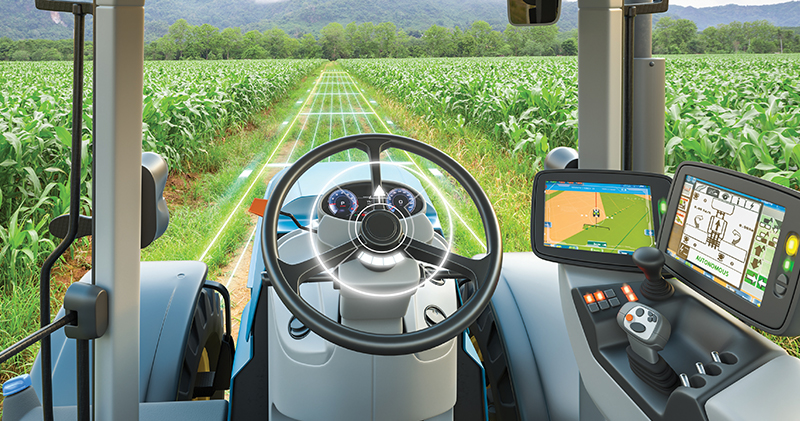Fiber? I Told You So!
Well, I’m not sure I have said it in so many words, but we’ve gotten on a fiber optics rant a number of time in this column. It’s one of those topics that is hard to go wrong extolling its virtues. Our industry was an early adopter of fiber optics technology and we’ve been driving it ever deeper into the network for decades now. Sure, there have been problems along the way, just as with any new technology, but we’ve overcome them. We, along with our allies/competitors (a.k.a., “frienemies”) in the municipal and telephone spaces, have applied fiber as deep in the network as all the way to the home. And it’s a good thing we have driven it deeper and deeper, as the data demand keeps going up and up, with no end in sight. Remember when 1 Mb/s was blindingly fast? Yeah, I am saying something about my age—I even remember when 64 kb/s was great (though not really attainable, despite what the standard said).
The latest term-of-the-year, of course, is artificial intelligence, AI. Contrary to my former belief (which got knocked out of me quickly), AI is not when a blond dyes her hair dark. Several things I’ve been able to learn about AI is that it demands lots of computing power, lots of electrical power, and lots of fast communications. One of the applications of AI in the real world is in farming. There’s an unbelievable amount of technology going into farming these days, with the goal of producing more food for less input (input in the form of labor/energy/water/fertilizer, and the list goes on), and AI is helping this revolution along. It takes a good bit of intelligence in the field to make it all work fast enough. For instance, is that big something ahead of the tractor a clump of grass that the tractor can plow right through, or is it a cow and the tractor really wants to stop? (Is there enough intelligence in the world to make said cow move?)
It also takes intelligence in the barn/farmhouse/office, wherever the farmer works. And it takes some pretty decent communications speed between the tractor and the next intelligence up the chain. I suppose that at least part of this distance has to be covered by wireless communications. But it also takes speed between the farmer and a data center that handles the heart of the AI. You know about data centers, those ginormous facilities that suck up great gobs of electrical power, take lots of real estate, and provide very few jobs once built. Communities where they are built are learning to love hating them.
That data speed between the farmer and the data center is our stock-in-trade. But of necessity, large farms, which need the data quantity and speed, occupy lots of land. This means they are relatively far apart, meaning low density. Low density makes it harder to interconnect them because our normal subs-per-mile figure gets all messed up. It does look good for fiber optics though, due to fiber’s low loss for the distance. A number of installations of fiber-to-the-home (FTTH) in the last 20 years have gone into rural areas, sometimes with subsidies from various interested parties.
There are, of course, other applications for high speed data, which does not demand things to be as far apart as are large farms. The pandemic taught us that certain things which were previously done in central locations, could be done at mostly residential locations. For example, it is not necessarily necessary (is that even a term?) to do video editing, such as for movies, in a central location. The editor can sit at home and edit just as efficiently in his favorite bunny-rabbit slippers, as he can in an office miles away.
A new neighbor got up the nerve to move next to the phantom a couple of months ago. Or maybe he just didn’t know what he was getting into at the time. He’s a lawyer (one of those rascals), working for a firm many states away. But with a good cellphone, a large airport nearby, and a great Internet connection, he can work from here as efficiently as he can in the corporate office. Even a lowly phantom with an engineering degree can at times work at least as efficiently at home as in the office. I have noticed one downside of doing so, however: I tend to put in more working hours from home than from the office: “It’s 11:00 p.m., but it’ll only take me a couple of minutes to fix this error in my spreadsheet.” Next thing I know, it’s 3:00 a.m.! And I am not paid overtime.
But the spreadsheet works. Almost.

You never know when The “masked” Phantom is standing right beside you. Sometimes he is in a Zoom meeting or virtual SCTE training session with you. He may be hanging with the suits and other times with the front liners. But be assured, The Phantom knows all and, most importantly, The Phantom sees all!
Shutterstock




